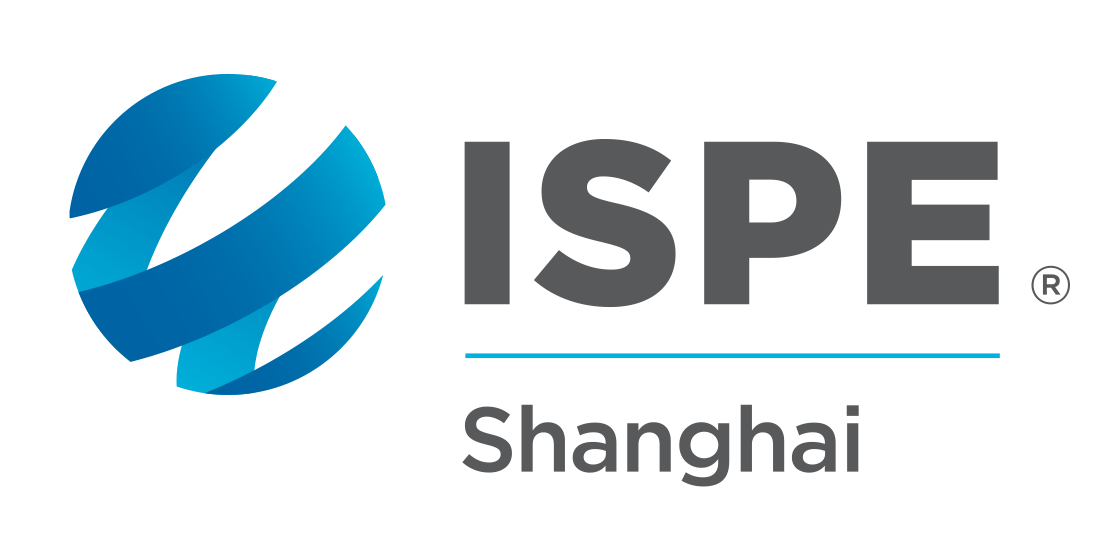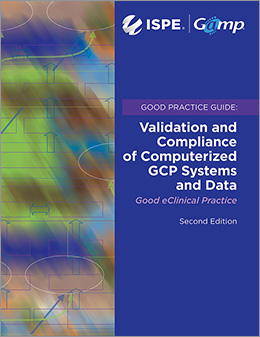
The life sciences industry has always been focused on innovation. Pharmaceutical and biotech companies are constantly searching for new compounds to help cure or vaccinate against diseases or alleviate symptoms of other ailments. They spend billions on research and development, and they are all working towards blockbuster therapies that can improve people’s lives worldwide. However, the period from the first spark of an idea through clinical testing, regulatory approval, and selling the therapy on the market can take years. Patients might need to take daily doses of these medications for the rest of their lives to keep a chronic illness at bay. But, we are now on the verge of treatments that have long been associated with science fiction — using cell and gene therapies (CGT) that can give us the ability to cure a disease with one dose of medication.
The advancement of CGT can profoundly impact our society. Imagine using modified stem cells to cure type 1 diabetes or destroying cancers with one pill? It is also conceivable that, at some point, life sciences companies can leverage these technologies for restorative methods. The stem cells could be programmed to regrow damaged lung tissue, cardiac muscles, or nerve endings. They could be used to potentially reverse damage to spinal cords, giving the paralyzed the ability to walk. However, there are two different types of these therapies, and both face challenges in their ability to scale up production.
The first technology, and one with the most research, is called autologous cell therapy. In this process, a patient’s stem cells are extracted, manipulated or processed, then reintroduced into their body to treat or prevent a disease or medical condition. These treatments have a high level of efficacy with over a decade of positive results, with little chance the body will reject these cells or trigger a potentially deadly immune response. However, it is a bespoke method that requires several complex steps that are both time-consuming and labor-intensive.
The other technology is called allogeneic (also referred to as universal) therapies, which use donor samples to create a master cell bank. This collection of material is processed to be a blank slate of stem cells that labs can then modify to treat specific conditions or therapies. This technology can be scaled up but does not have a proven track record. One significant issue is that because these cells come from a foreign body, there is an increased risk of an immune response that may require immunosuppressive therapies.
A significant challenge for scaling these processes is that they require a tremendous amount of space under the current setup. This type of manufacturing facility needs labs, sterile clean rooms, airlocks, and culture chambers. To streamline this process will necessitate new production techniques and systems. Many life sciences and contract development and manufacturing organizations (CDMOs) are looking for ways to simplify. They are working on an automated, closed system that eliminates the risk of contamination while cutting down on manual labor. Many companies are working on the next generation of production facility that utilizes a closed system. But this is just the first step in the evolution of these manufacturing operations.
Ultimately, this could result in a device where all manufacturing processes are completed in a closed, automated environment. This “process-in-a-box” would leverage artificial intelligence (AI) and machine learning (ML) to operate this enclosed modular system to drastically reduce the chances of mistakes and contamination while minimizing the need for manual labor. These devices would house everything required to grow and manipulate stem cells (both autologous and allogeneic), including temperature-controlled bioreactors, CO2 incubators, and centrifuges, all contained in a sterile environment. Once the cellular material is added, the device will handle the rest. The major promise of this type of development is that this could be scaled up to make these therapies economical. The result could fundamentally change the way these manufacturing facilities are designed.
Modular process-in-a-box devices could eliminate the need for a cleanroom. Since they are self-contained units, you could literally have hundreds, if not thousands, of these devices operating simultaneously, stacked floor-to-ceiling in a warehouse-type enclosure. As long as the devices are powered, the AI would continuously go through the process of nurturing the cells and programming them for whatever function is required. The development of this type of technology could be a game-changer, especially for companies using autologous cells for treatments. It would also allow allogeneic manufacturing to scale up production. Labor costs would shrink while still promoting the development of multiple small batches of material.
The development of these innovative treatments will have a significant impact on the future of the life sciences industry. The prominent players are making substantial investments in developing these treatments, while many startups are working on techniques that could revolutionize medicine. Once the technology is perfected, we will see companies working on therapies that will either eliminate or prevent diseases like cancer, diabetes, Alzheimer’s, or Parkinson’s disease. There have already been promising results in helping people with spinal cord injuries regain some movement. In the future, companies might have the ability to regrow damaged organs or extend our lifespan by decades.
Attaining this type of futuristic medicine is closer to reality than ever before, but there are still many hurdles to overcome. Having the ability to scale up production to make these therapies economical will require serious research and development funding to create the modular process-in-a-box devices. But attaining this level of progress will also result in fundamental changes to how pharmaceutical and biotech companies design their manufacturing facilities. The equipment will be densely packed, allowing for many devices to operate autonomously and simultaneously, with few employees to oversee the operation. It is a drastic change from today, but one that will benefit both industry and humanity.
iSpeak Blog posts provide an opportunity for the dissemination of ideas and opinions on topics impacting the pharmaceutical industry. Ideas and opinions expressed in iSpeak Blog posts are those of the author(s) and publication thereof does not imply endorsement by ISPE.
ABOUT THE AUTHOR



